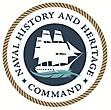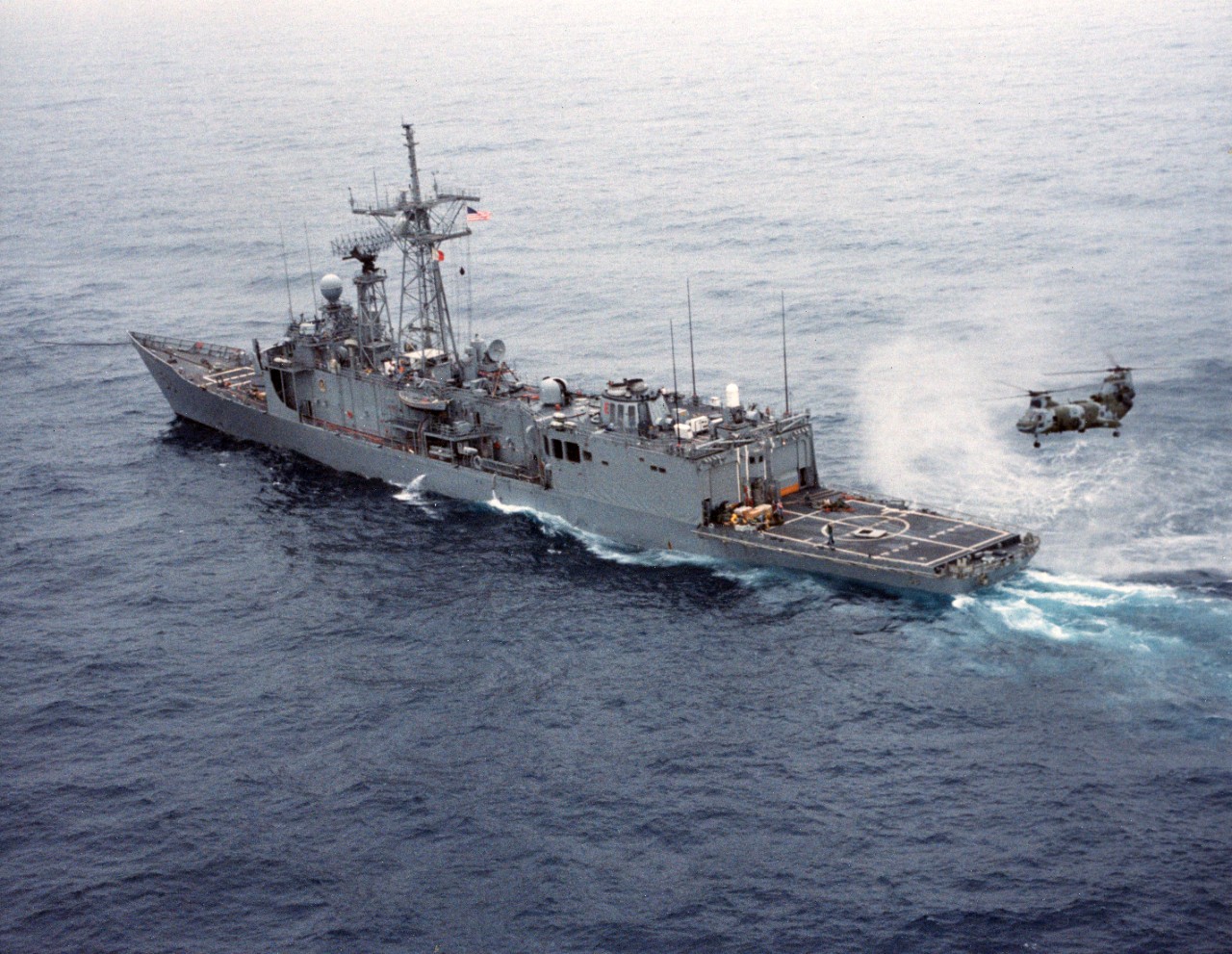- Expand navigation for H-Grams H-Grams
- Expand navigation for H-Gram 001 H-Gram 001
- Expand navigation for H-Gram 002 H-Gram 002
- Expand navigation for H-Gram 003 H-Gram 003
- Expand navigation for H-Gram 004 H-Gram 004
- Expand navigation for H-Gram 005 H-Gram 005
- Expand navigation for H-Gram 006 H-Gram 006
- Expand navigation for H-Gram 007 H-Gram 007
- Expand navigation for H-Gram 008 H-Gram 008
- Expand navigation for H-Gram 009 H-Gram 009
- Expand navigation for H-Gram 010 H-Gram 010
- Expand navigation for H-Gram 011 H-Gram 011
- Expand navigation for H-Gram 012 H-Gram 012
- Expand navigation for H-Gram 013 H-Gram 013
- Expand navigation for H-Gram 014 H-Gram 014
- Expand navigation for H-Gram 015 H-Gram 015
- Expand navigation for H-Gram 016 H-Gram 016
- Expand navigation for H-Gram 017 H-Gram 017
- Expand navigation for H-Gram 018 H-Gram 018
- Expand navigation for H-Gram 019 H-Gram 019
- Expand navigation for H-Gram 020 H-Gram 020
- Expand navigation for H-Gram 021 H-Gram 021
- Expand navigation for H-Gram 022 H-Gram 022
- Expand navigation for H-Gram 023 H-Gram 023
- Expand navigation for H-Gram 024 H-Gram 024
- Expand navigation for H-Gram 025 H-Gram 025
- Expand navigation for H-Gram 026 H-Gram 026
- Expand navigation for H-Gram 027 H-Gram 027
- Expand navigation for H-Gram 028 H-Gram 028
- Expand navigation for H-Gram 029 H-Gram 029
- Expand navigation for H-Gram 030 H-Gram 030
- Expand navigation for H-Gram 031 H-Gram 031
- Expand navigation for H-Gram 032 H-Gram 032
- Expand navigation for H-Gram 033 H-Gram 033
- H-Gram Special Edition: Passing of Supreme Court Justice Stevens
- H-Gram 034
- Expand navigation for H-Gram 035 H-Gram 035
- H-Gram 036
- H-Gram 037
- Expand navigation for H-Gram 038 H-Gram 038
- Expand navigation for H-Gram 039 H-Gram 039
- Expand navigation for H-Gram 040 H-Gram 040
- Expand navigation for H-Gram 041 H-Gram 041
- Expand navigation for H-Gram 042 H-Gram 042
- Expand navigation for H-Gram 043 H-Gram 043
- Expand navigation for H-Gram 044 H-Gram 044
- Expand navigation for H-Gram 045 H-Gram 045
- Expand navigation for H-Gram 046 H-Gram 046
- Expand navigation for H-Gram 047 H-Gram 047
- Expand navigation for H-Gram 048 H-Gram 048
- Expand navigation for H-Gram 049 H-Gram 049
- Expand navigation for H-Gram 050 H-Gram 050
- Expand navigation for H-Gram 051 H-Gram 051
- Expand navigation for H-Gram 052 H-Gram 052
- Expand navigation for H-Gram 053 H-Gram 053
- Expand navigation for H-Gram 054 H-Gram 054
- Expand navigation for H-Gram 055 H-Gram 055
- Expand navigation for H-Gram 056 H-Gram 056
- Expand navigation for H-Gram 057 H-Gram 057
- Expand navigation for H-Gram 058 H-Gram 058
- Expand navigation for H-Gram 059 H-Gram 059
- Expand navigation for H-Gram 060 H-Gram 060
- Expand navigation for H-Gram 061 H-Gram 061
- Expand navigation for H-Gram 062 H-Gram 062
- Expand navigation for H-Gram 063 H-Gram 063
- Expand navigation for H-Gram 064 H-Gram 064
- Expand navigation for H-Gram 066 H-Gram 066
- Expand navigation for H-Gram 067 H-Gram 067
- Expand navigation for H-Gram 068 H-Gram 068
- Expand navigation for H-Gram 069 H-Gram 069
- Expand navigation for H-Gram 070 H-Gram 070
- Expand navigation for H-Gram 071 H-Gram 071
- Expand navigation for H-Gram 072 H-Gram 072
- H-Gram 073
- Expand navigation for H-Gram 074 H-Gram 074
- Expand navigation for H-Gram 075 H-Gram 075
- H-Gram 076
- H-Gram 077
- Expand navigation for H-Gram 078 H-Gram 078
- H-Gram 079
- H-Gram 080
- Expand navigation for H-Gram 081 H-Gram 081
- Expand navigation for H-Gram 082 H-Gram 082
- Expand navigation for H-Gram 083 H-Gram 083
- In Memoriam
- Blogs
- Image (gif, jpg, tiff)
- NHHC
H-Gram 034: Iran-Iraq “Tanker War” Reprise
2 August 2019
Download a PDF of H-Gram 034 (2.1 MB).
Due to recent events in the Middle East, I received several requests to reprise the H-gram pieces on the Iran-Iraq “Tanker War,” which occurred between 1981 and 1988. It included major events such as the mistaken Iraqi Exocet missile attack on the USS Stark (FFG-31); the deliberate Iranian mining of the first U.S.-escorted Earnest Will convoy and of the USS Samuel B. Roberts (FFG-58); the significant U.S.-versus-Iran surface and air actions (the capture of the Iranian minelayer Iran Ajr and operations Nimble Archer and Praying Mantis); and the accidental shoot down of an Iranian passenger jet by USS Vincennes (CG-49). (For in-depth coverage, please see the first and second parts of this reprise.)
There is a large cemetery in the Iranian capital of Tehran, which includes the grave of the Ayatollah Khomeini, with a very large section devoted to the many thousands of "martyrs" of the Iran-Iraq War. Within that cemetery is also a section and monument dedicated to those Islamic Republic of Iran Navy (IRIN) and Iranian Revolutionary Guard Corps Navy (IRGCN) officers and crewmen who were lost in action against the U.S. Navy during Operation Praying Mantis in April 1988. Atop the monument is a sculpture of the IRIN missile boat Joshan, sunk by U.S. Navy missile and gunfire during Praying Mantis. The Iranians use the monument as an inspirational example of an Iranian ship commander who went into battle against overwhelming odds and chose to fight bravely rather than to flee. Some would argue that the skipper of Joshan was foolhardy in ignoring repeated US.S. Navy warnings to turn away or be fired upon. However, despite the U.S. threats, the skipper of Joshan continued undaunted with his assigned mission, stating that he was operating in international waters with every right to be there (a right that the United States regularly asserts for ourselves) and that he would take no provocative action. And, in fact, even when Joshan came within range of its one Harpoon anti-ship missile (provided to Iran by the United States before the 1979 revolution), Joshan's skipper maintained discipline and did not fire. Only when there was no doubt that the U.S. surface action group was about to fire on him did the he seize the initiative and take the first shot, which luckily missed—barely. My point is that although neither the IRIN or IRGCN are ten feet tall, they are both capable of showing considerable courage, determination, willingness to sacrifice for the mission, and initiative, and the fact the Harpoon was still operational was a testament to Iranian ingenuity—which they also displayed in the mining of Bridgeton and Samuel B. Roberts.
The Iranians also don't quit. Time after time the Iraqis had the Iranians on the ropes, but like Rocky Balboa, the Iranians wouldn't stay down and kept coming back for more. In response to the Iraqi invasion, the Iranian counterattacks (after the regular Iranian army had been decimated) were led by young boys clearing the way through minefields with their feet and bodies, followed by human-wave attacks that were shot, shelled, bombed, gassed, and slaughtered by the thousands. Yet, still the Iranians kept coming, pushing the better-equipped and trained Iraqi army back into Iraq and then some. For over eight years, the Iranians fought on against the odds, and they would have continued were it not for the shoot down of the Iranian airliner by Vincennes that convinced the Ayatollah Khomeini that the United States was intervening militarily on the side of Iraq. Like Emperor Hirohito in Japan at the end of World War II, only the Ayatollah had the real and moral authority to call a halt to the bloodshed. It should be noted that although there are many Iranians who are fed up with the current clerical revolutionary regime, in a country of 83 million there are still many millions who would willingly sacrifice their lives for that regime. It should also be noted that Iran has conducted attacks in unexpected places (Israeli embassy and Jewish community center attacks in Argentina in 1992 and 1994 respectively, as well as in London, in retaliation for Israeli operations in South Lebanon). There is no quick and easy solution to the Iranian problem.
Both the IRIN and IRGCN are significantly more capable and professional today than they were in the 1980s, with a midget submarine/torpedo capability almost the same as the North Korean midget submarine that sank the South Korean corvette Cheonan in 2010. On the internet today you can find stories about the Iranian navy's "losing streak" that make it sound like taking on the Iranians will be another "cake walk." However, in any conflict with Iran, a healthy respect for the adversary should be in order. At this point, I will resist the temptation to be an intelligence officer again and will just commend the Office of Naval Intelligence unclassified study on the Iranian Navy. (It's 29 MB, so I wouldn't recommend opening the file on a phone).
Footnotes
- Accessibility/Section 508 |
- Employee Login |
- FOIA |
- NHHC IG |
- Privacy |
- Webmaster |
- Navy.mil |
- Navy Recruiting |
- Careers |
- USA.gov |
- USA Jobs
- No Fear Act |
- Site Map |
- This is an official U.S. Navy web site



